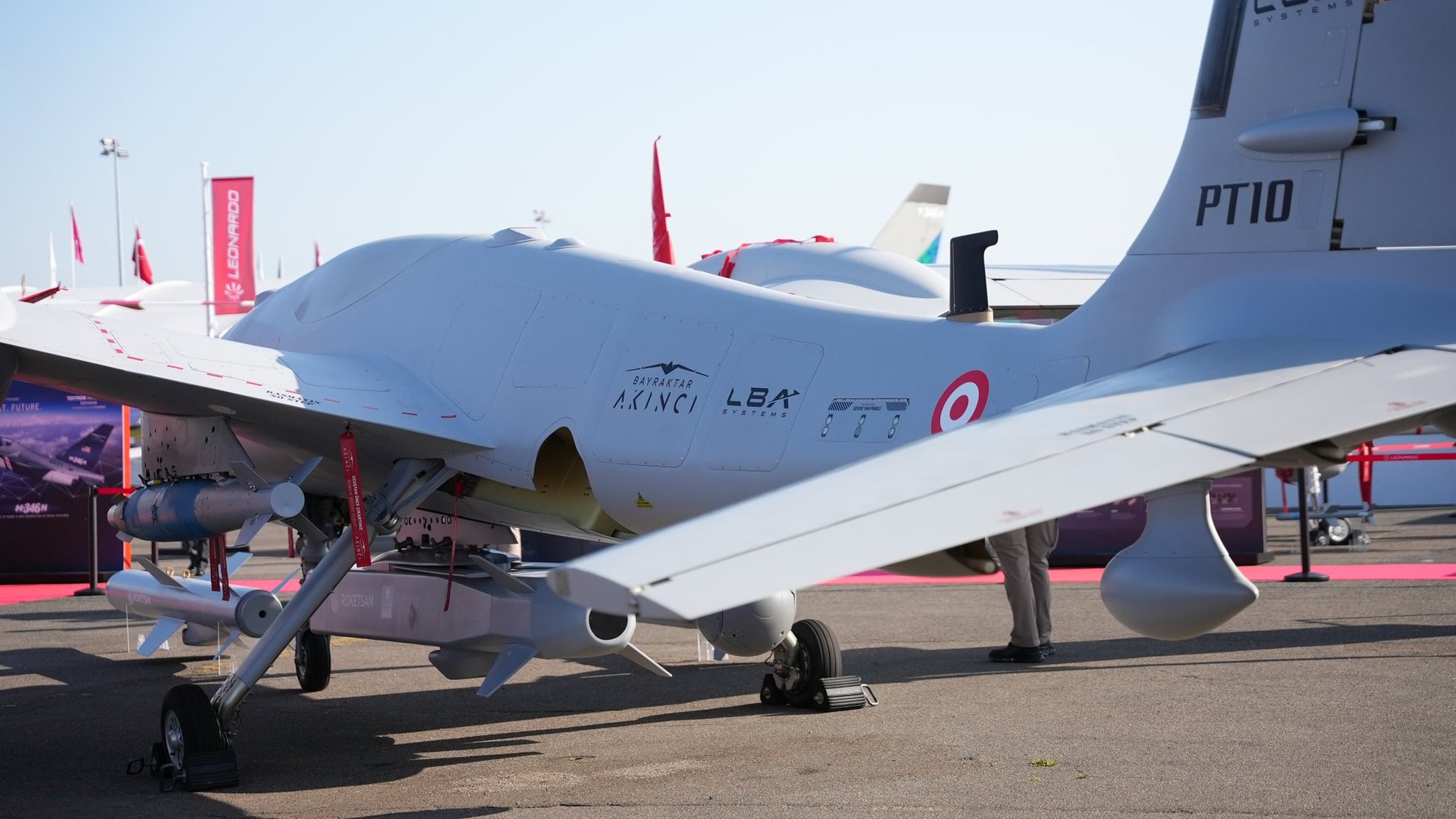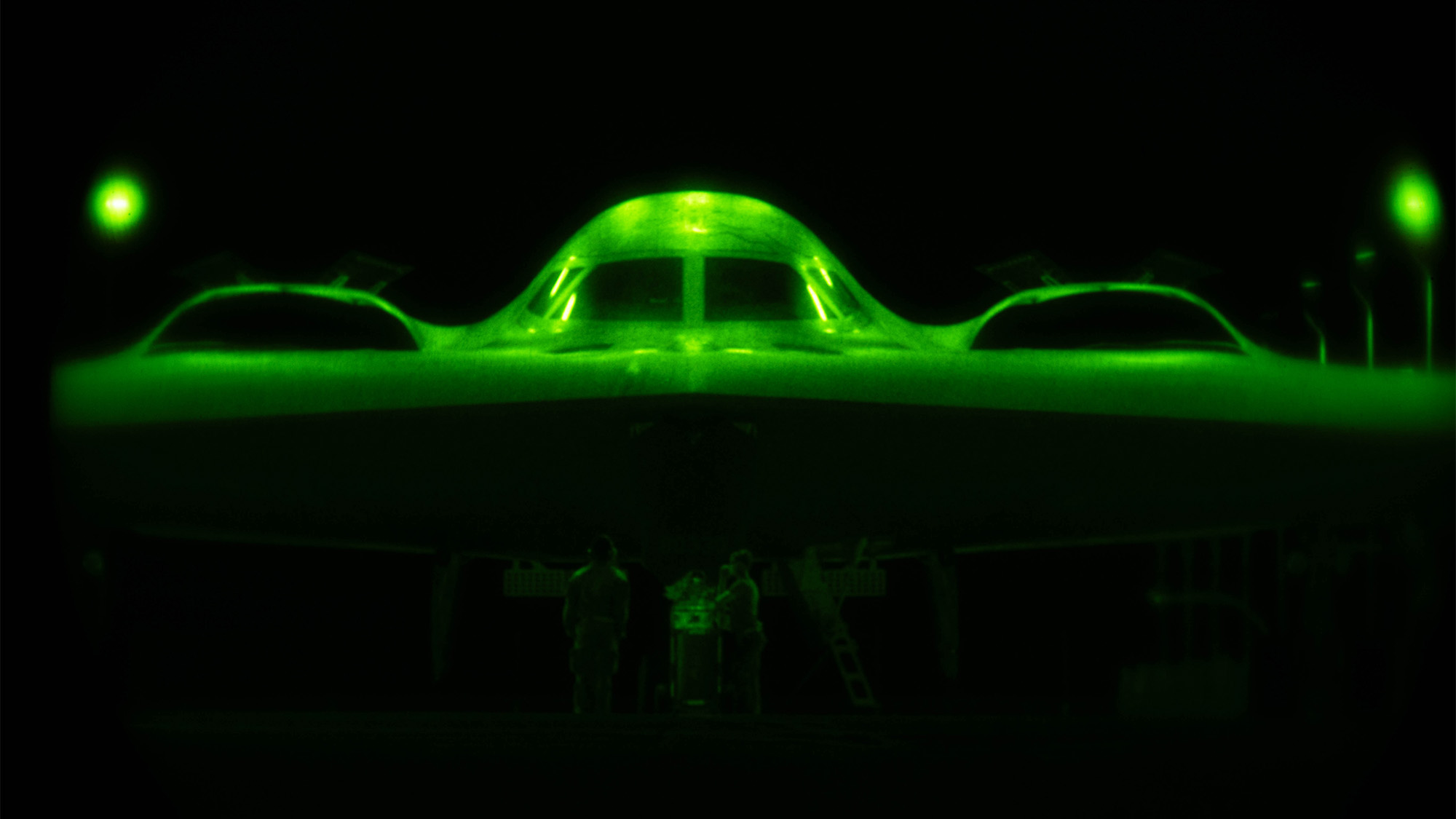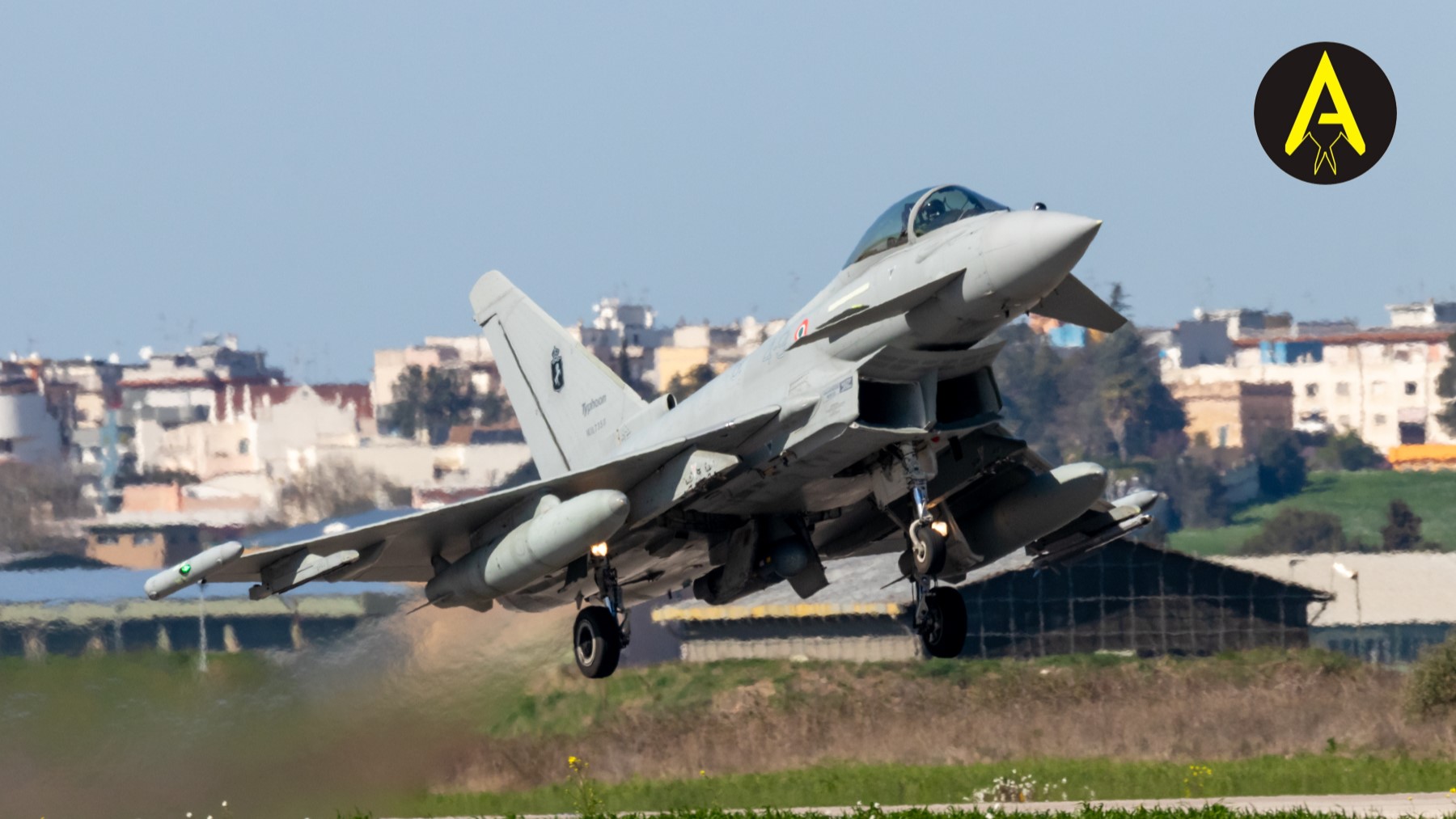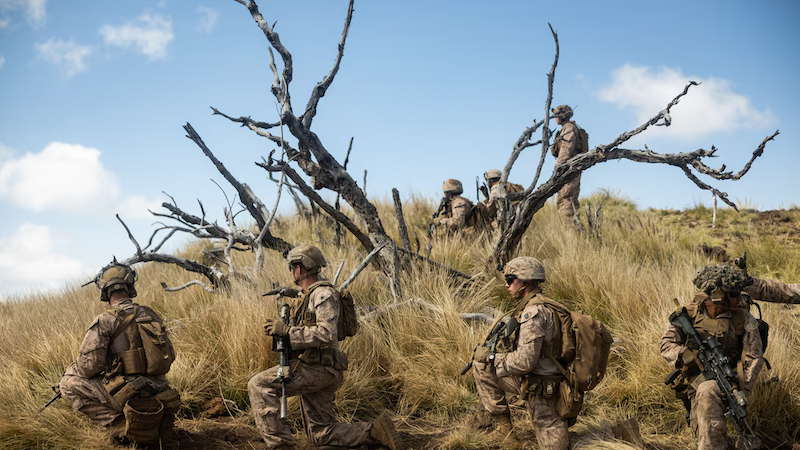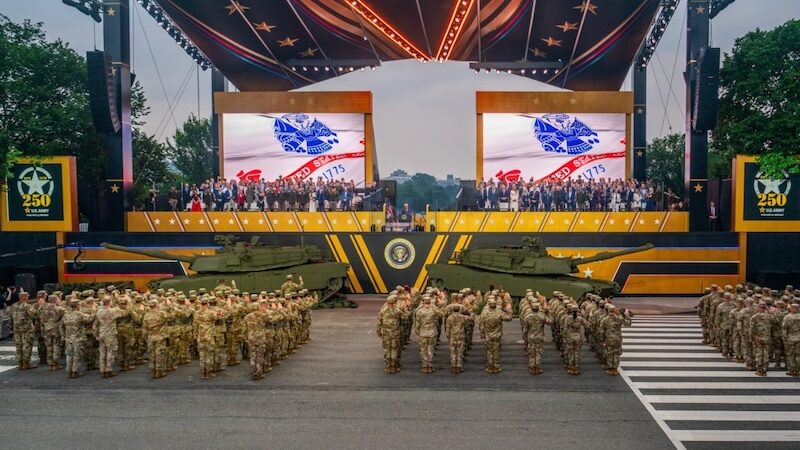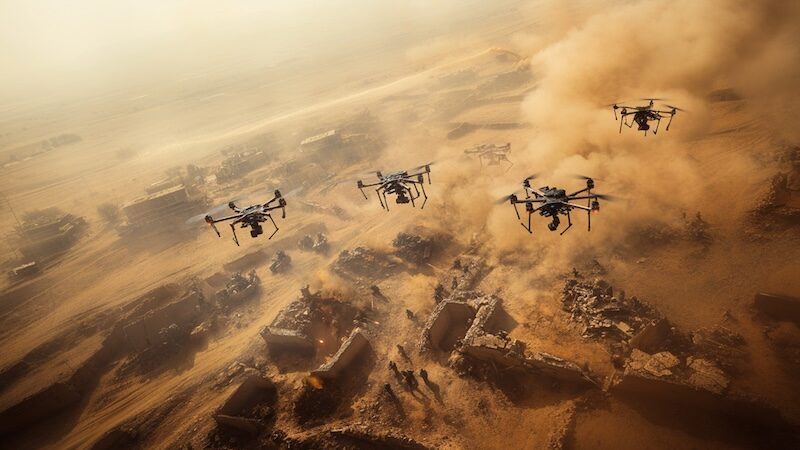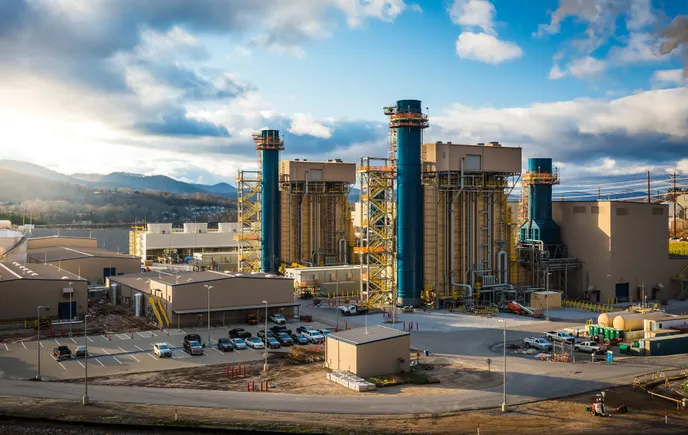US Space Command’s Gen. Whiting talks Golden Dome, EW and China’s space-based kill chain
One area where China has “moved breathtakingly fast is the fielding of a suite of counter space weapons,” Gen. Stephen Whiting told Breaking Defense in his only press interview on a trip through Australia.


US SPACECOM Commander Gen. Stephen Whiting addresses Space Symposium 2024. (Space Foundation via Flickr)
ADELAIDE — Gen. Stephen Whiting holds the heavy responsibility of waging war in space for the United States when conflict occurs, from maintaining crucial global communications, to counterspace and offensive space operations to countering jamming and moving America’s military satellites.
The commander of US Space Command is currently visiting Australia, meeting with some Australian companies — though he only mentioned by name Silentium, which offers a space situational awareness system in a container — and holding talks with head of the Australian Defense Force, the head of what’s called Defense Space Command here, and other senior military leaders of the Lucky Country.
Here in Adelaide, the center of Australia’s fledgling space industry, Breaking Defense spoke with Whiting — his only meeting with the press during his six-day trip here — about everything from Golden Dome to the Commercial Augmented Space Reserve to his worries about Beijing’s efforts in space.
This Q&A has been edited for length and clarity.
BREAKING DEFENSE: How far along are you with working with NORTHCOM on Golden Dome?
GEN. STEPHEN WHITING: Our responsibility with US Northern Command is to develop the requirements document for Golden Dome, and that work is proceeding, and I think, you know, in the next couple of months, we’ll submit that to the Pentagon. So, very, very happy with the teamwork that we’ve had with Northern Command and the other stakeholders to develop that draft document.
Does that include the NRO, which obviously controls a lot of the most exquisite sensors?
NRO is an important stakeholder, along with others in the intelligence community, but the work with Northern Command is for the Department of Defense only requirements for that system. …
As we think about a world with Golden Dome in the future, where you’re going to have to track all these new threats, you’re going to have to do that from space. You’re going to have to have the the space based interceptors [SBIs] that the executive order talks about to help hold at risk some of those missiles.
So is it certain that you’ll need them? Because I know some experts have voiced concerns about SBIs and what that’ll do in terms of deterrence.
I think, to to have a successful Golden Dome, you’ll have to have some, some type of space-based interceptors, okay? So I expect that to be part of that architecture, just as it’s called for. So I just think we’ve got to continue to invest smartly in space to ensure that we can deliver for the joint force and for our allies.
What progress have you made identifying triggers that would cause you to start calling up the commercial space providers up for the Commercial Augmented Space Reserve (CASR).
The CASR, which is the commercial augmented space reserve, so that work is ongoing. The Space Force has advanced CASR into an initial pilot right now that’s really focused on space domain awareness. So as they continue to add additional missions into the CASR program, then we will develop the triggers that go along with that, and we’ll bake that into our operational plan. So it’s a bit of an iterative effort between us and the Space Force, but waiting for them to continue right now to to advance into additional mission areas.
Could you give us a putative example of how it might work?
Maybe I’ll use an analogy of the Civil Reserve Air Fleet, which is Air Mobility Command and US Transportation Command‘s program, where, at higher levels of requirements, they can tap into civilian aviation and to leverage those airplanes for moving cargo or troops. And there’s obviously pre-agreements with those companies that allow the US government to do that.
So that’s that’s kind of what we’re looking at on the space side, that as the Space Force establishes those agreements, that pre-work that has to be done, then as we get into higher states of crisis or conflict at US Space Command, we can then call up that, you know, those companies to provide that additional mission support for us across various missions.
And you guys would sort of be the trigger authority?
Yes, that’s what I expect.
People are getting cut or are accepting buyouts all across the Pentagon, especially I understand, the more senior civilians with greatest knowledge, depending on where you are. How worried are you about people cuts as the civilian workforce and contractors ranks get trimmed?
You know, at our headquarters, at US Space Command, 60 percent of our workforce is government civilians. So our government civilians are absolutely pivotal to our all of our mission areas, and obviously we watch very closely the hiring of those individuals and then those who have chosen to leave. And we have had people who have taken advantage of the federal government’s programs that have offered early retirement options.
And so far, those numbers are such that, you know, I think we can manage that with smart reengineering of work with prioritization of work. And right now, I’m not overly concerned about the numbers that are departing, but we want to be very smart about how we handle that to make sure that we can continue to execute our highest priority.
How deep is your bench? Is deep enough to replace those people? Do you have a feeling for that?
We certainly know who the people are that are leaving. We know what functions that they’re leaving from. And now our work is to do that smart reengineering effort, to make sure that, as we look at our remaining resources, do we need to do any repositioning of people, to put them against our highest priorities? Right now, I’m comfortable with with where we are, and believe we’ll continue to be able to execute our missions.
How worried are you about having reliable SATCOM in the remote areas of the world where a fair amount of conflict is likely to happen, especially given improvements in jamming over the last few years?
Jamming is a principal concern, and we’ve seen the effects of jamming, of satellite communications, of GPS, how that can can spill from affecting military users into commercial aviation and things like that. So it’s something we’re very focused on. But we’re also now in the midst of a bit of a renaissance, in fact, you might say a real renaissance, where there is more SATCOM available now than there’s ever been from multiple orbits.
SATCOM used to always be provided from geosynchronous orbit, but now we’ve got these large, proliferated, low-earth-orbit [LEO] constellations that can truly deliver broadband internet anywhere on the planet, and that’s a transformational capability. And we want to make sure that our military forces can leverage all of that capability. And we call that a hybrid architecture, because that really minimizes the impact of any one particular jammer, for example.
Is the C2 system up to managing that those shifts as you go along?
We have more work to do to continue to modernize that C2 system. And then we also need to continue to roll out across all of the US, Joint Force and our coalition partners, hybrid SATCOM terminals and modems that allow an individual platform, a ship or an aircraft, to leverage multiple bands of SATCOM, multiple orbital regimes of SATCOM, all on the same mission again to provide that deep resiliency.
Going back to jamming. We just saw today [Friday] reports that Iran is jamming ship GPS in the Persian Gulf. Are they jamming GPS? I mean, they have in the past. Are you seeing US systems, or, to your knowledge, European systems, being affected?
I don’t know that answer to the last part of your question about what the specific systems are that are being affected, just because I haven’t looked at that in the last 24 to 48 hours.
Australia is starting to try to build a launch industry. They haven’t done a lot yet, but they’re very excited about it. New Zealand’s been putting NRO payloads into space since, I think 2020. What do these southern hemisphere locations offer you in terms of unique military access to space?
Yeah, on the coverage side, as we think about maintaining track of the almost 48,000 objects that are in orbit. The geography here in Australia is just incredible. It’s in the southern hemisphere, of course, which the United States is not. It’s on a longitude that is similar to China, you know, as opposed to us on in the continental United States, which is really on the other side of the planet.
So, you know, this partnership with Australia is very vital to help fill in the gaps of our coverage over the southern hemisphere and then this part of the world. But Australia brings, you know, so much more than just that geography, a deeply trusted partner.
I understand DARC has been finished here in Australia and is undergoing operational testing. [DARC is the Deep-Space Advanced Radar Capability. It’s located near Exmouth, in the remote vastness of western Australia.]
In fact, I heard today that program is doing very well, but we still have a little little bit of time to go until it is made completely operational, which is what I’m interested in, because then that’ll be supporting our operations. But I’m very excited about that capability, because we just see the Chinese continuing and the Russians continuing to field, you know, counterspace capabilities all the way out to geosynchronous orbit. So capabilities like DARC are going to help us to reduce the risk that we have in space because of these threat systems that China and Russia are launching.
When Brig. Gen. Anthony Mastalir was here last year from US Indo-Pacific Command, he said that what worried him most in our region was China’s use of space to complete the kill chain. Do you share that concern?
Yes, that is very concerning. In fact, I’d say China has moved breathtakingly fast in space, and that’s in probably three ways that I would highlight. And the first would be the one you just mentioned. China has built a targeting system based in space to find, fix, track and target US and allied forces in the Indo-Pacific area of responsibility, and then they use that system to feed over-the-horizon fires to try to hold at risk these capabilities.
The second way that they’ve moved breathtakingly fast is the fielding of a suite of counter-space weapons. This is everything from reversible cyber attacks, SATCOM and GPS jamming, but it also includes things like high-energy lasers as well as direct ascent ASAT rockets, missiles and co-orbital ASATS. Those are satellites they put on orbit that can hold at risk our satellites.
And then the third way they’ve moved breathtakingly fast is they have leveraged all the advantages of space to make their army, the People’s Liberation Army, the People’s Liberation Navy and the People’s Liberation Air Force, more lethal, more precise and more far-ranging, using space-enabled services.








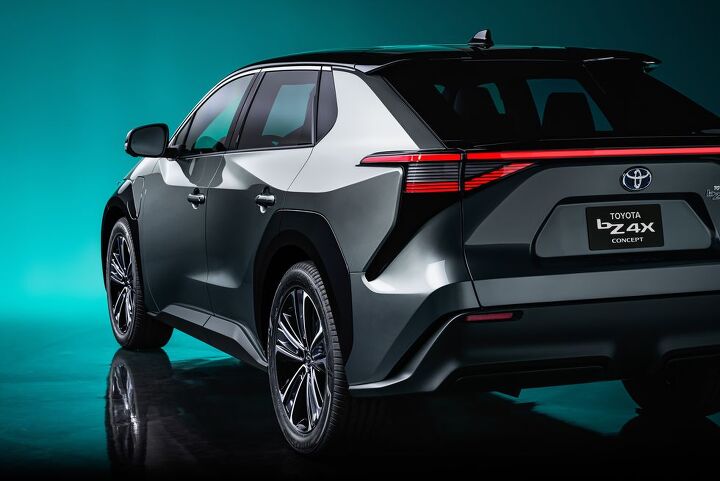










































































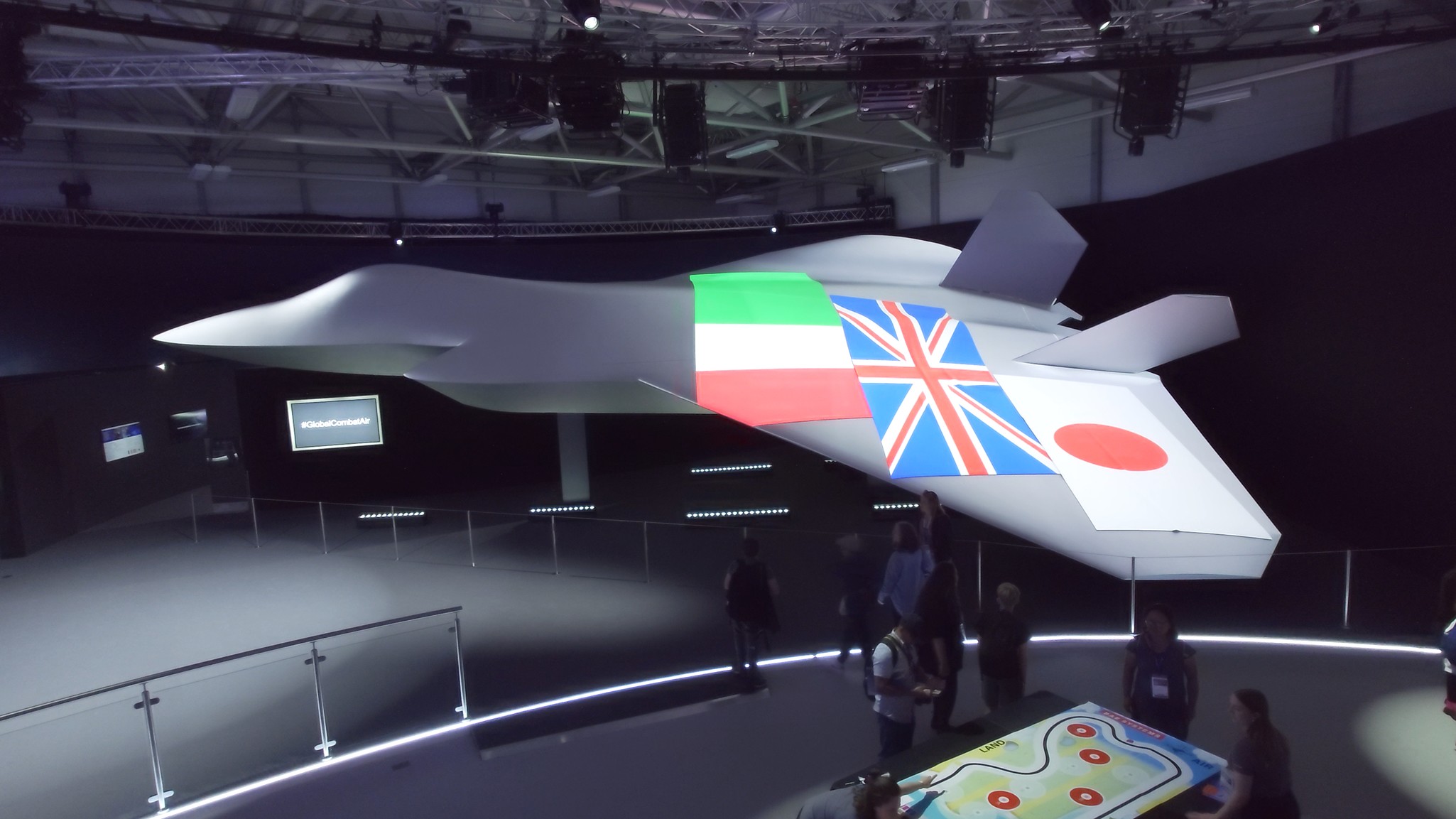




![The Weekly Break Out Ep. 22: How the US hit Iran, and spooky space moves [Video]](https://breakingdefense.com/wp-content/uploads/sites/3/2025/06/250622_b2_takeoff_USAF-scaled-e1750776866152.jpg?#)









